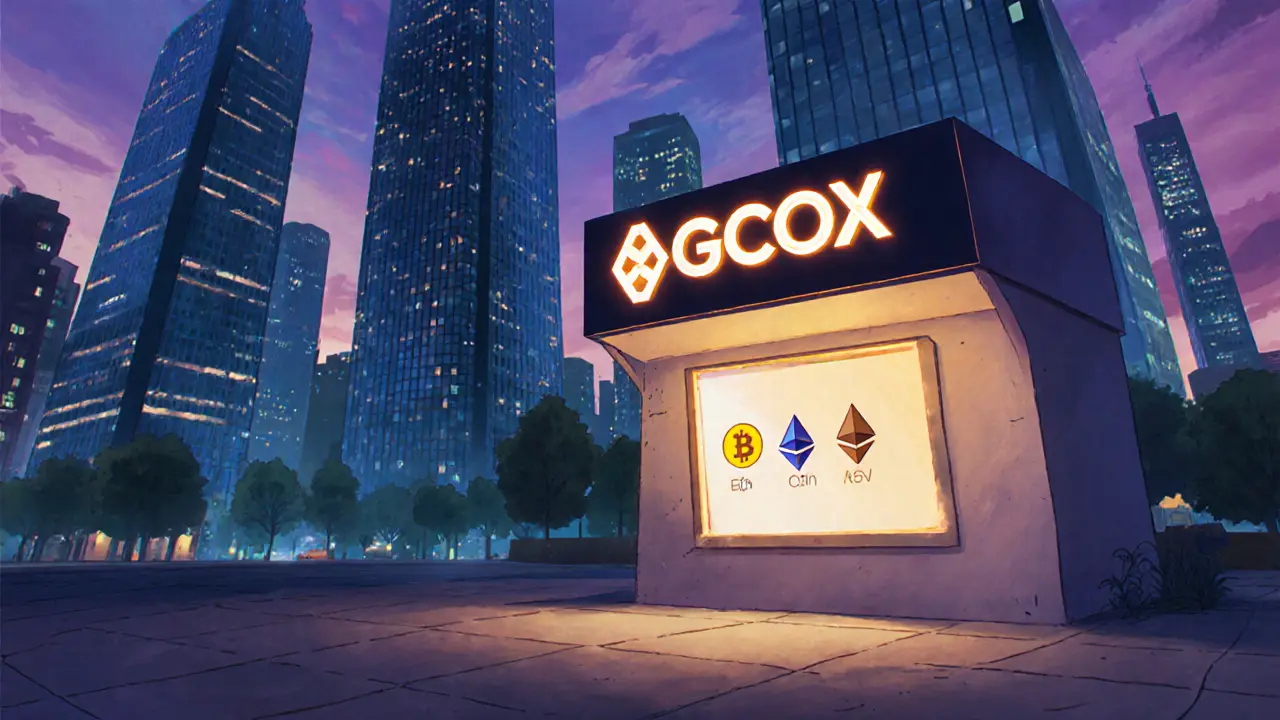Low Liquidity Exchange Explained
When dealing with Low Liquidity Exchange, a trading platform where buy and sell orders are thin, causing big price swings on small trades. It’s also known as thin market exchange. This kind of venue requires careful risk management because even tiny orders can move the market dramatically.
Why Liquidity Matters and How It Shapes Trading
At the heart of any exchange sits Liquidity, the ease with which assets can be bought or sold without impacting price. Low liquidity means the low liquidity exchange often shows wide bid‑ask spreads, making slippage a real headache. Slippage Slippage, the difference between expected trade price and actual execution price becomes inevitable when order size exceeds the depth of the order book. The order book Order Book, a live list of pending buy and sell orders at various price levels on these platforms is usually shallow, so traders see rapid price changes after each fill. Understanding these three entities—Liquidity, Slippage, Order Book—helps you gauge how a low‑liquidity environment can affect your strategy.
Who can improve that situation? Liquidity Providers, entities that place large buy and sell orders to deepen market depth and Market Makers, professional traders who continuously quote both sides of the market are key players. They influence price stability, reduce spreads, and lower the chance of extreme slippage. However, on a low liquidity exchange, the number of active market makers is often limited, which means the exchange relies heavily on occasional bursts of activity from large traders. This dynamic creates a feedback loop: poor liquidity deters market makers, and their absence further degrades liquidity.
What does this mean for you? Expect higher transaction costs and a need for stricter position sizing. Use limit orders instead of market orders to control entry price, and monitor real‑time depth charts to avoid unexpected moves. Many of the reviews below dive into specific platforms—some notorious for thin order books, others offering tools to mitigate risks. By the end of this collection you’ll see which exchanges manage liquidity better, how to spot red flags, and what tactics seasoned traders employ to thrive even when the market feels like a thin pond.
GCOX Crypto Exchange Review: Risks, Features, and Why It Falls Short
A deep dive into GCOX crypto exchange reveals its tiny three‑pair offering, missing security, no licensing and high fraud risk, helping investors decide if it's worth using.
